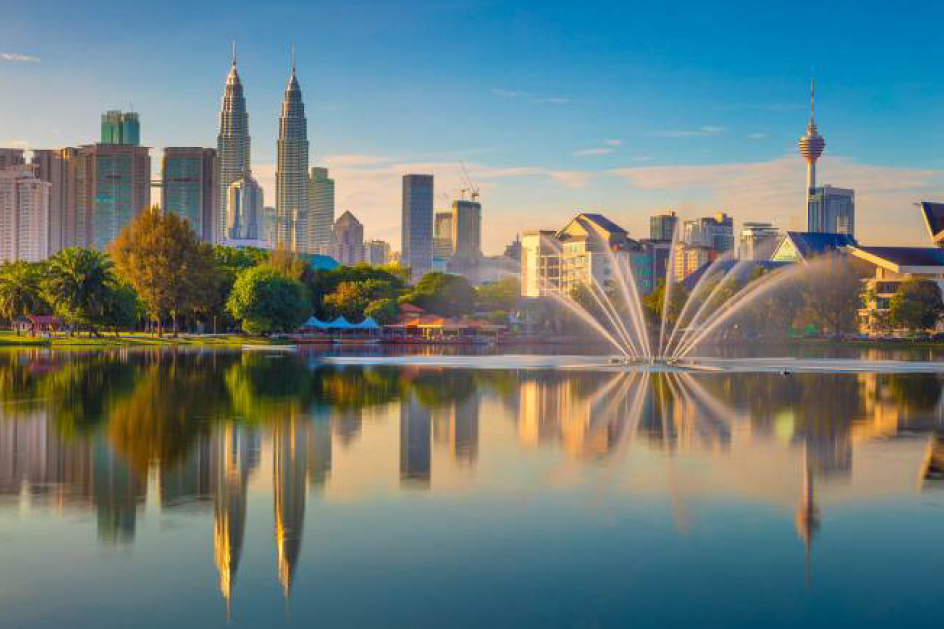Living in Malaysia, oftentimes we come across the name “Klang Valley”. The word Klang Valley is so commonly heard throughout Peninsular Malaysia, you will even hear it on television, radio and you would even come across the name on magazines and newspapers or in a daily conversation. The most important question that raises frequently about the Klang Valley is, what and where is Klang Valley?
Early expansion of what we now denote to as ‘Klang Valley’ was situated nearby the Klang river. As a matter of fact, it was the expansion of tin mining towns in the late 19th century that would collectively become ‘Klang Valley’, which were scattered close to the river. Situated in such close propinquity to expansion, the Klang River evidently gave the valley its title. There were notable changes from the 19th century onwards. The zone developed rapidly, expanding in the east (Gombak) and western side (Port Klang), with urban areas increasing towards the north (Rawang) and south (Negeri Sembilan).
The Klang Valley is the largest urban conurbation in the state of Selangor. Integration between cities is very high, with the vastly developed road network and an increasingly integrated rail transit system. Many expressways criss-cross the metropolis making cars and motorbikes the most convenient way to get around. However, this has led to the Klang Valley’s notorious traffic jams which span the whole kilometres of expressways and make driving during peak hours exhausting.
In the early 90s, new rail system, such as Rapid KL’s light rapid transit (LRT), mass rapid transit (MRT), KTM Komuter, ERL’s airport rail links, and a Monorail has been developed. Majority of these systems have gone through widespread expansion. The Klang Valley Integrated Transit System, at present, is currently being upgraded to include a new MRT line and LRT line, as well as a monorail serving Putrajaya and Cyberjaya.
The BRT Sunway Line bus service was presented in July 2015. This is help commuters, residents and vacationers beat the gridlock in Petaling Jaya. It is a Public-Private Partnership initiative with Sunway Berhad giving the private investment. Bus Rapid Transit (BRT) is a new concept for Malaysia. Clean and quiet, eco-accommodating electric-powered buses travel on dedicated, elevated bus paths. An aggregate of 15 buses, each holding up to 60 commuters, ply the three-mile track at a rate of 30-40 km per hour. Since the line is short, buses complete the circuit in a brief timeframe, enabling a high frequency and effective service with zero traffic congestion.

